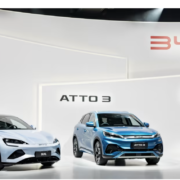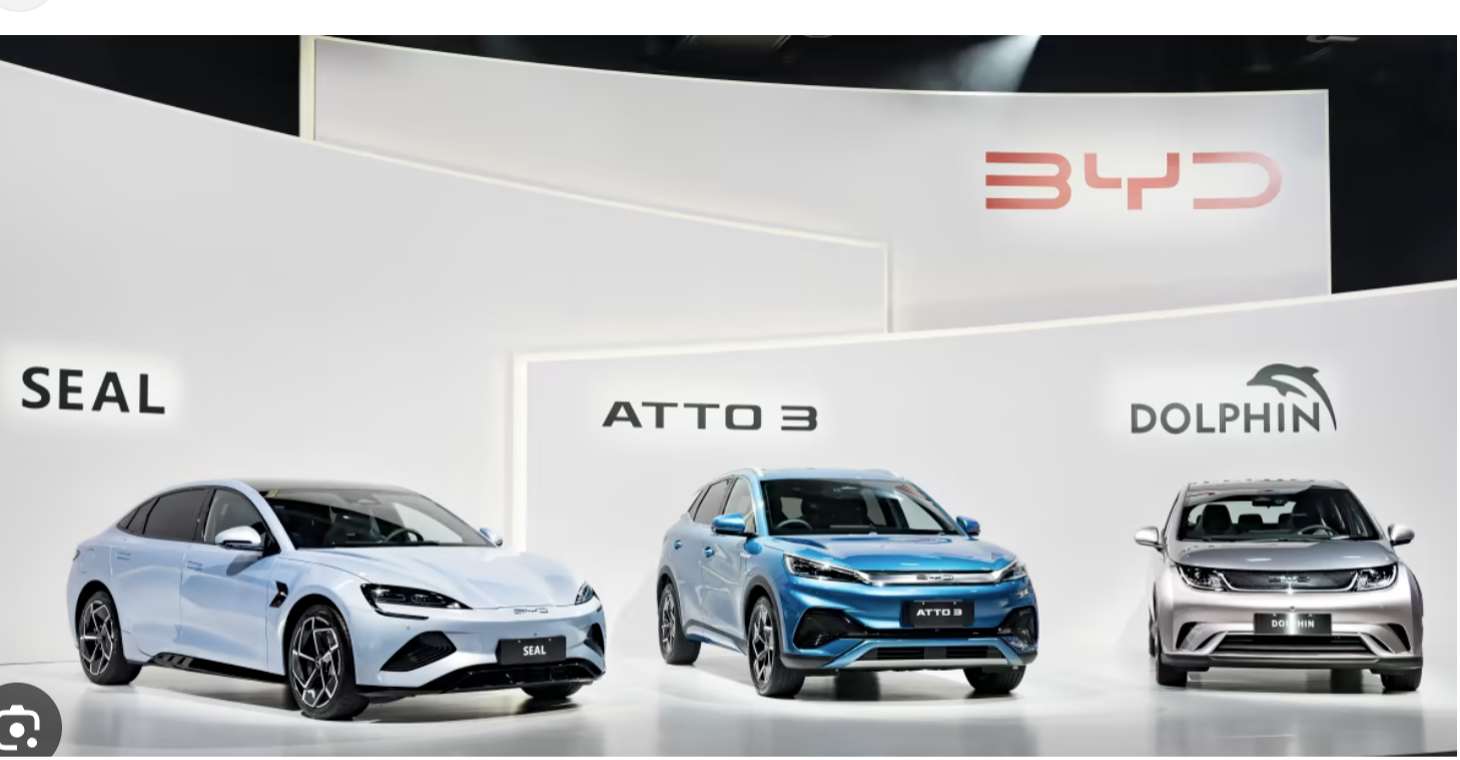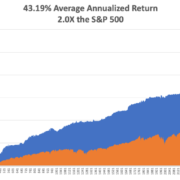You’ll most likely be driving a Chinese car soon.
It’s not because I want you to.
The trend is headed that way and the trend is usually your friend in economics and the stock market.
In the past year, China has blazed past Germany and Japan to become the world’s biggest exporter of cars for better or worse.
They shipped 1.07 million abroad in the first quarter of 2023.
At the same time, net zero rules are set to outlaw the sale of conventional petrol cars from 2030 in the UK and 2035 across the rest of Europe.
This is a golden opportunity for entrenched Chinese brands including SAIC, BYD, and Geely.
With rivals such as Volkswagen, Ford and Toyota scrambling to catch up, Chinese manufacturers are poised to offer cars costing as much as €10,000 (£8,600) less than their European, Japanese, and American competitors.
Beijing has sought to dominate the electric vehicles global market as part of its Made in China 2025 strategy.
More than half of the electric cars on roads worldwide are now in China, according to the International Energy Agency, while in 2022 the country accounted for around 60pc of all BEVs sold.
They have been focused on having an industrial upgrade in China, moving from lower value-added production to higher value-added, higher-technological production.
The strategy has worked like clockwork as Chinese-produced cell phones have achieved flagship levels.
Contemporary Amperex Technology Limited (CATL), based in the city of Ningde in the Fujian province, is now the world’s biggest lithium battery manufacturer.
In 2023, the country is set to export 1.3 million BEVs, up from 679,000 last year when government lockdowns were still in force.
Not only are these vehicles tick the box of high quality, they also boast long ranges, attractive designs, and smart interiors, they are also extremely cheap.
One brand British motorists should expect to see more of is BYD, which recently unveiled an electric hatchback that it plans to sell for less than £8,000 – far cheaper than many petrol-fueled models.
The approach contrasts sharply with that of America, where Joe Biden is showering firms that set up BEV factories with subsidies and hitting Chinese car imports with tariffs of 27.5%.
Ominously, however, China’s lead in EV technology is now so great that it “cannot be bridged” by 2030 – when Britain and Europe will impose restrictions on the sale of new petrol cars – and Europe should cut its losses by encouraging Chinese car makers to set up factories here instead.
For US EV makers like Tesla, the protectionist restrictions placed on foreign EVs will mean that it will take longer for the Chinese EVs to penetrate the US vehicle market.
However, the tsunami of deflation is coming whether the Chinese need to add an intermediary or not before they can start pouring the products into the United States.
If China is able to breach the US market, this would pose a severe test for US EV makers like GM, Tesla, Ford, and Lucid.
The Europeans are asleep at the wheel and could expose their consumers to a bevy of Chinese cars.
Don’t be shocked to see a stream of Chinese EVs when you cruise around Rome instead of Fiats and Vespas.
I expect restrictions to ramp up even more against foreign-made EVs and lithium batteries in the short term.
This could also set the stage for Tesla getting kicked out of Shanghai and a massive forced technology transfer which the Chinese are famous for.
The Chinese are playing the long game and that’s highly negative for American EV makers who are hell-bent on short-term profits.




